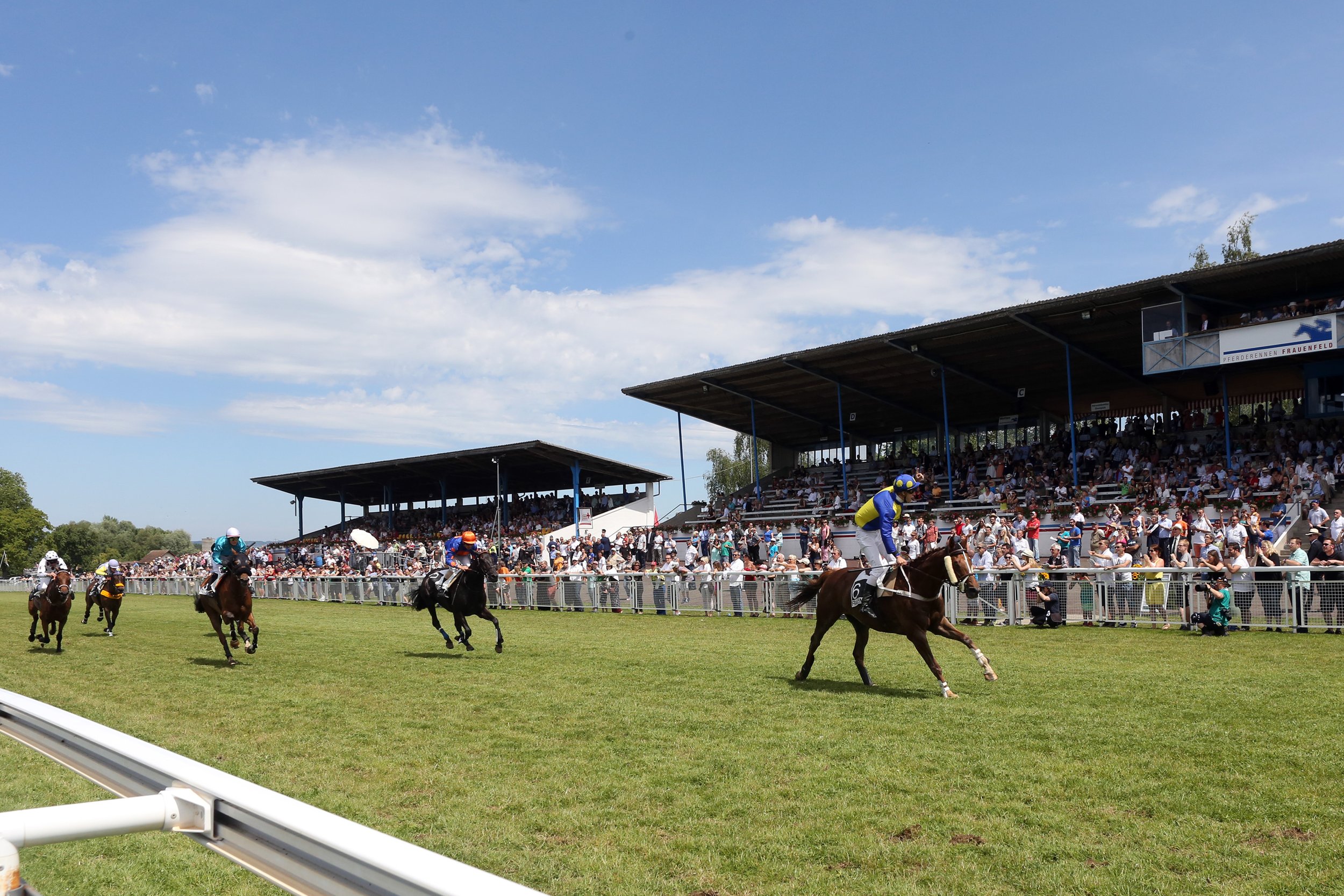VETERINARY IMMUNOGENICS ARE BACK!
/Article sponsored by veterinaryImmunogenics.com - WE'RE PLEASED TO MEET YOU!
Photography by Drew Stoecklein
An Exciting New Chapter for Hyperimmunised Plasma Therapy
After 30 years of providing the United Kingdom, Ireland and Europe with high-quality hyperimmunised equine plasma under the helm of Thomas and Eileen Barr, Veterinary Immunogenics has been acquired by Plasvacc UK Ltd.
The company has officially transitioned to day-to-day management under General Manager Fergus Macarthur, who has overseen significant capital investment intended to bolster production capabilities of Veterinary Immunogenics’ Hypermune™ and Hypermune™-RE plasma treatments while still maintaining Veterinary Immunogenics' steadfast commitment to safety and quality. Both Veterinary Immunogenics’ Hypermune™ and Hypermune™-RE products are once again currently available, providing vets, trainers, and breeders with an important tool in treating Failure of Passive Transfer (FPT) in foals and Rhodococcus Equi infections as well as reducing hospitalisation and recovery times for other conditions.
All products are thoroughly tested for IgG levels.
Additional investments have also been made to bolster Veterinary Immunogenics’ technical and customer support operations to provide a seamless customer experience.
“With an impressive track record spanning three decades, we’re grateful for the tireless efforts of Dr Thomas Barr BVMS MRCVS and Eileen Barr to advance plasma-based equine veterinary medicine in the United Kingdom,” said Andrew Macarthur, CEO of Plasvacc UK Ltd.
“A sure sign that Veterinary Immunogenics was a great fit for the Plasvacc Group of Companies was their unwavering commitment to product quality and exceptional customer service that closely mirrors our own. We’re very pleased to be adding the first-rate Veterinary Immunogenics employees to the Plasvacc Team,” continued Macarthur.
As always, Veterinary Immunogenics’ 100% traceable, single-source, cell-free plasma is collected exclusively from our donor herd in the United Kingdom. All Veterinary Immunogenics products are thoroughly tested to accurately measure IgG levels, total protein, sterility and freedom from virus, providing unparalleled peace of mind.
Founded in 1996 as Plasvacc Pty Ltd in Australia and expanded through Plasvacc USA Inc. in 2005. Plasvacc’s global companies manufacture and distribute high-quality hyperimmunised blood plasma products used to supplement the immune response system in animals. Firmly committed to animal ethics, and active in the communities it serves, Plasvacc prides itself in delivering the highest quality product possible while delivering unmatched customer service and technical support.
To learn more about Plasvacc or Veterinary Immunogenics, please visit:
plasvacc.com (AUS) | plasvaccUSA.com (USA) | veterinaryimmunogenics.com (UK)






